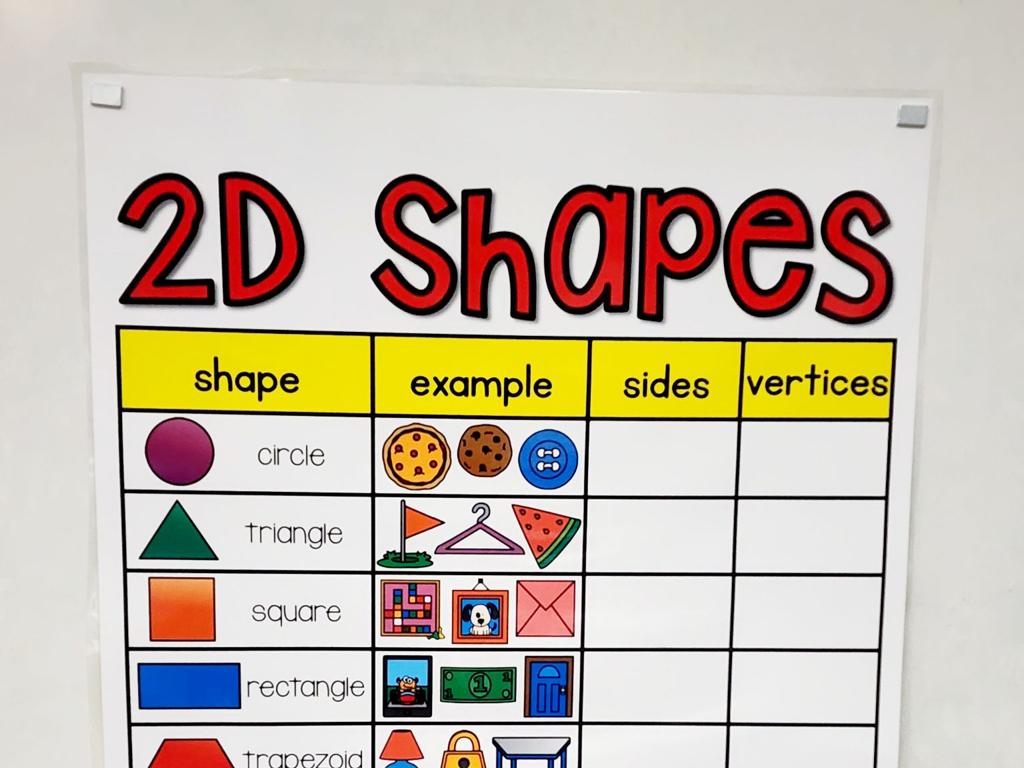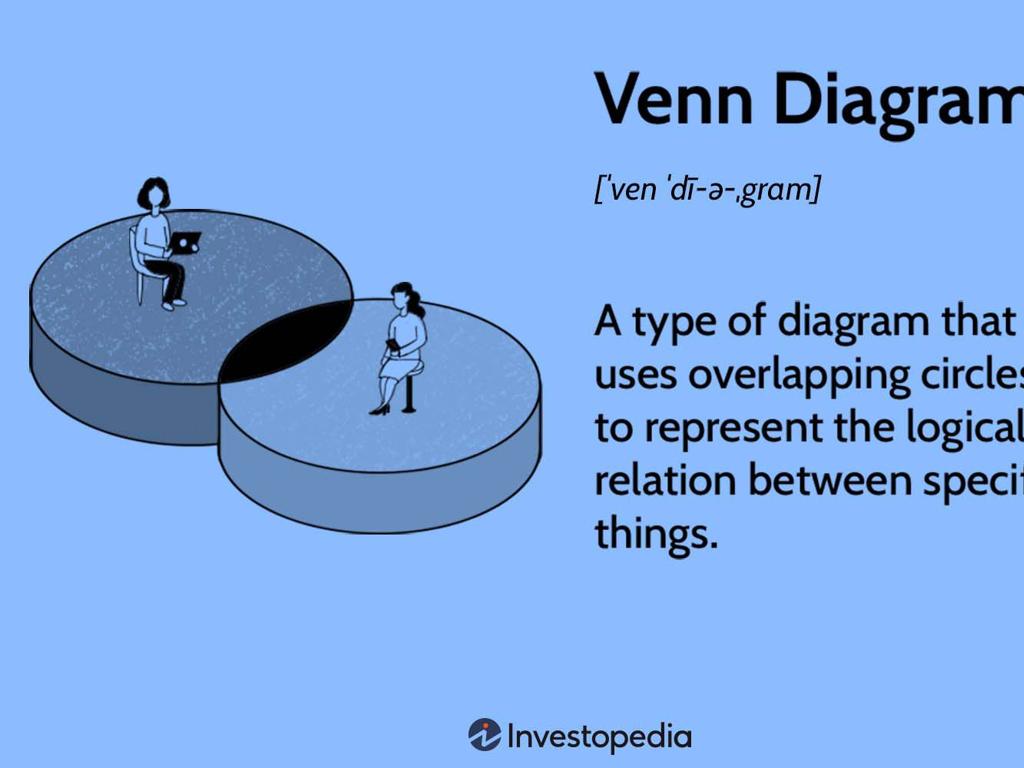Weather And Climate Around The World
Subject: Science
Grade: Fifth grade
Topic: Weather And Climate
Please LOG IN to download the presentation. Access is available to registered users only.
View More Content
Welcome to Weather and Climate!
– Exploring our atmosphere
– The atmosphere is a layer of gases surrounding Earth, crucial for life.
– Defining weather
– Weather is the day-to-day state of the atmosphere, like rain or sunshine.
– Understanding climate
– Climate describes the average weather conditions over a long period.
– Comparing weather and climate
|
This slide introduces the foundational concepts of weather and climate, which are often confused by students. Begin by explaining the atmosphere as the protective layer that makes life possible on Earth and controls our weather and climate. Then, differentiate between weather and climate: weather is short-term, what we experience daily, while climate is the long-term pattern of weather in a particular area. Use examples like a rainy day versus the rainy season in a tropical country. Encourage students to think of their own examples of weather and climate from their experiences.
Exploring Weather Patterns
– Understanding daily weather
– Weather is how the atmosphere feels like each day.
– Elements of weather
– Includes how hot or cold, windy, how much moisture, and rain or snow.
– Types of precipitation
– Rain, snow, sleet, or hail that falls to the ground.
– Weather condition examples
– Sunny, rainy, snowy, windy, and stormy are some conditions.
|
This slide introduces the concept of weather as the daily conditions of the atmosphere. It’s important for students to grasp that weather can change rapidly and includes several elements such as temperature, wind, humidity, and precipitation. Discuss each element and provide examples of different types of weather conditions. Encourage students to share their own experiences with weather and how it affects their day-to-day life. This will help them connect the concept of weather with their personal observations and experiences.
Exploring Climate Around the World
– Climate vs. Weather
– Climate is the long-term pattern of weather in an area.
– World’s Various Climates
– From tropical to polar, climates differ globally.
– Climate’s Impact on Life
– Climate influences food, clothing, and shelter choices.
– Adapting to Our Climate
– Humans and animals adapt to survive their climate.
|
Begin by explaining the difference between weather (day-to-day conditions) and climate (long-term patterns). Introduce the concept of different climate zones, such as tropical, desert, temperate, and polar, and how these climates can be found in various parts of the world. Discuss how climate affects daily life, including the types of crops that can be grown, the kind of houses that are built, and the clothes we wear. Highlight how both humans and animals have adapted to their climates over time. Use examples relevant to the students’ experiences and encourage them to think about how their own lives are influenced by the climate they live in.
Weather vs. Climate: Understanding the Difference
– Weather changes daily
– Climate changes over long periods
– Weather is immediate conditions
– Think: rain today vs. rainy season
– Climate is typical patterns
– Think: daily temperature vs. average yearly temperature
|
This slide aims to clarify the difference between weather and climate to the students. Weather refers to the short-term changes in the atmosphere that we experience day-to-day, such as rain, sunshine, wind, and snow. Climate, on the other hand, is the average of these weather conditions over a longer period, typically years or decades, which allows us to predict what kind of weather we can typically expect in a given area. For the activity, ask students to provide examples of weather (e.g., a sunny day, a thunderstorm) and climate (e.g., the desert is hot and dry, the rainforest is warm and humid). This will help them apply the concepts and understand the practical differences. The teacher should prepare to guide the discussion and correct any misconceptions.
Measuring Weather: Tools and Techniques
– Thermometers measure temperature
– Anemometers gauge wind speed
– Rain gauges collect rainfall data
– Reading a weather map
– Symbols and colors show different weather patterns
|
This slide introduces students to the various tools used by meteorologists to measure weather conditions. A thermometer is used to measure how hot or cold it is, an anemometer measures how fast the wind is blowing, and a rain gauge collects and measures the amount of rainfall. Understanding how to read a weather map is crucial as it helps predict future weather conditions by interpreting symbols and colors that represent different weather patterns. For the class activity, provide students with sample weather data to practice reading temperatures and wind speeds. This hands-on experience will help solidify their understanding of the tools and data used in weather measurement. Possible activities include matching temperatures to the correct thermometer readings, calculating average wind speed, or creating a simple weather map based on given data.
Exploring Earth’s Climate Zones
– Earth’s major climate zones
– Tropical, Dry, Temperate, Polar, and Continental
– Characteristics of climate zones
– Temperature, humidity, precipitation patterns
– Wildlife adaptations to climate
– Camels in deserts, polar bears in arctic zones
– Vegetation in different climates
– Cacti in dry areas, moss in tundra regions
|
This slide introduces students to the concept of climate zones and their unique characteristics. There are five major climate zones: Tropical, Dry, Temperate, Polar, and Continental. Each zone has distinct temperature ranges, humidity levels, and precipitation patterns that influence the types of plants and animals that can thrive there. For example, camels have adapted to survive in dry climates with little water, while polar bears are suited for the cold, icy conditions of the polar zones. Similarly, vegetation like cacti have adapted to conserve water in arid regions, whereas mosses are common in cold, nutrient-poor tundra regions. Encourage students to think about how these adaptations help organisms survive in their respective climates.
Human Impact on Climate
– Human activities and climate change
– Burning fossil fuels releases gases, altering Earth’s climate.
– Understanding the greenhouse effect
– Greenhouse gases trap heat, like a blanket around Earth.
– Global warming explained
– Earth’s temperature rises, causing weather extremes.
– Reducing our environmental impact
– Save energy, plant trees, and reduce, reuse, recycle.
|
This slide aims to educate students on the significant role human activities play in climate change. Discuss how the burning of fossil fuels for energy releases greenhouse gases, which contribute to the greenhouse effect, trapping heat in the atmosphere and leading to global warming. Emphasize the importance of understanding these concepts to take action in reducing our impact. Encourage students to think of ways they can help at home and in their community, such as saving energy by turning off lights, planting trees, and following the three R’s: reduce, reuse, recycle. This will foster a sense of responsibility and empowerment to make positive changes for the environment.
Class Activity: Build Our Weather Station
– Create our classroom weather station
– Daily record of local weather
– Note temperature, precipitation, wind, etc.
– Observe weather changes for a week
– Look for patterns or shifts in weather
– Discuss our findings together
|
This activity is designed to engage students with hands-on learning by creating a weather station in the classroom. Students will collaborate to record various aspects of local weather, such as temperature, precipitation, and wind speed, on a daily basis for one week. This will help them understand the concept of weather monitoring and data collection. At the end of the week, students will present their data and discuss any variations or patterns they observed, fostering critical thinking and discussion about weather and climate. Possible activities include making a rain gauge, a wind vane, a thermometer reading, and charting cloud types. Encourage students to compare their data with local weather reports and discuss any discrepancies.
Wrapping Up: Weather and Climate
– Recap key weather concepts
– Open floor for questions
What questions do you have about today’s lesson?
– Discuss climate significance
Why is it important to understand weather patterns and climate change?
– Reflect on what we’ve learned
Think about how weather affects our daily lives and the planet.
|
This slide aims to summarize the key points covered in the lesson on weather and climate. Begin by briefly recapping the main concepts, such as the difference between weather and climate, types of weather phenomena, and factors that influence climate. Then, invite students to ask any questions they have, fostering an interactive discussion. Emphasize the importance of understanding weather and climate, particularly in the context of environmental awareness and preparedness for natural disasters. Encourage students to reflect on how the lesson’s content relates to their own experiences with weather and the broader implications for the world’s ecosystems. This discussion will help solidify their understanding and appreciation of the subject matter.






